SDG GOAL 16
PEACE AND JUSTICE
Promote peaceful and inclusive societies for sustainable development, provide access to justice for all and build effective, accountable and inclusive institutions at all levels
|
|
|
|
DIRECT NAVIGATION TO INDIVIDUAL WEBPAGE FOR EACH GOAL
|
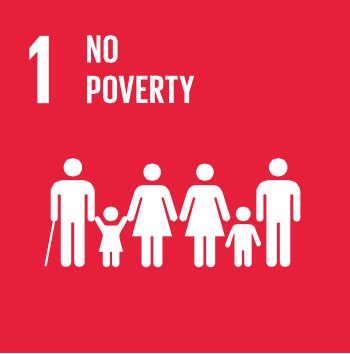
|
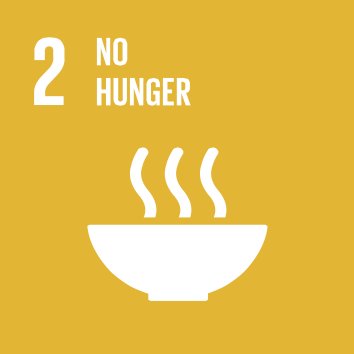
|
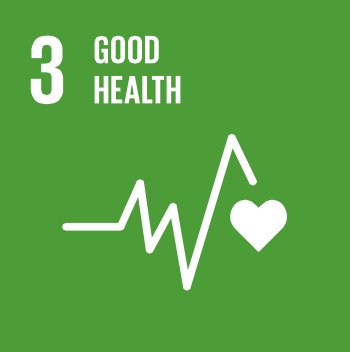
|
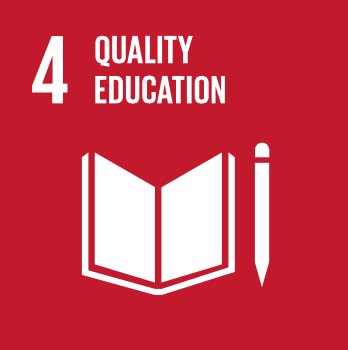
|
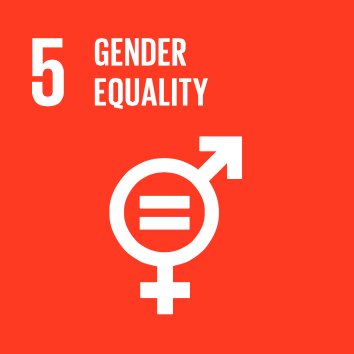
|
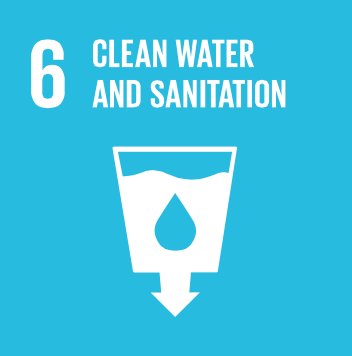
|
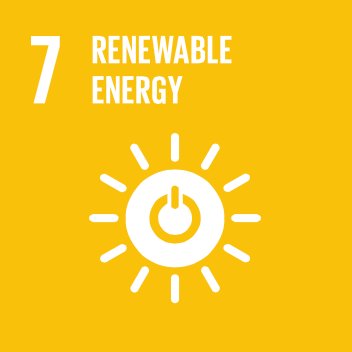
|
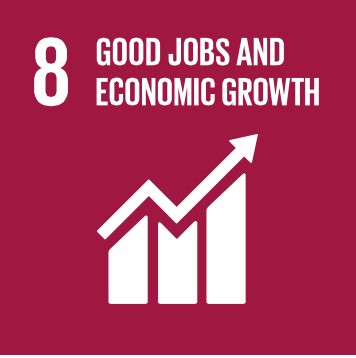
|
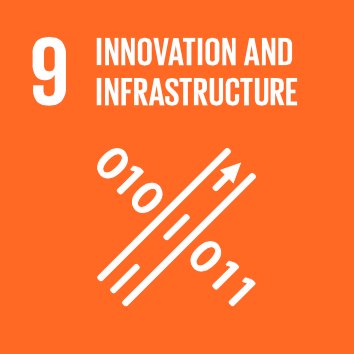
|
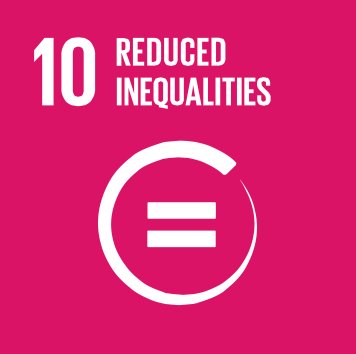
|
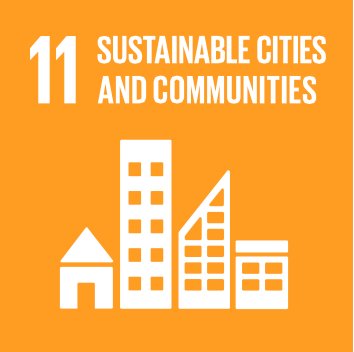
|
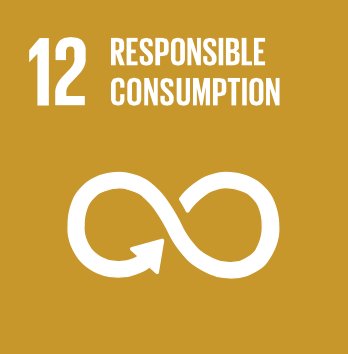
|
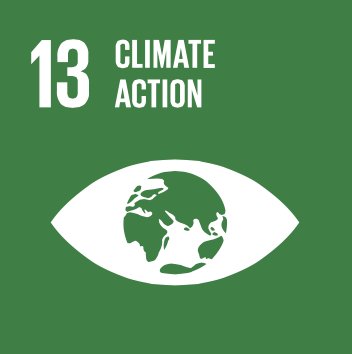
|
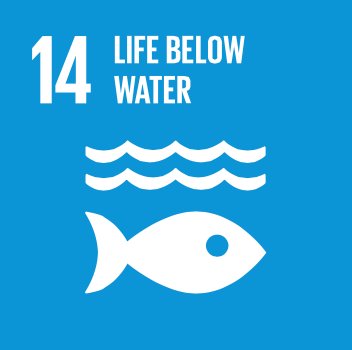
|
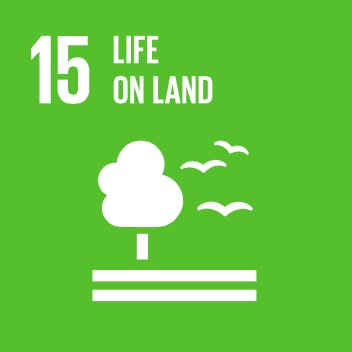
|
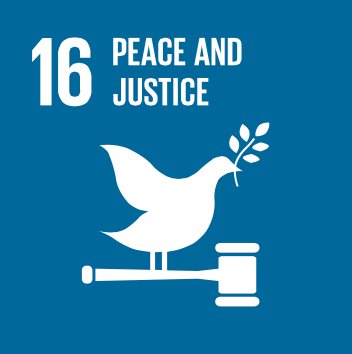
|
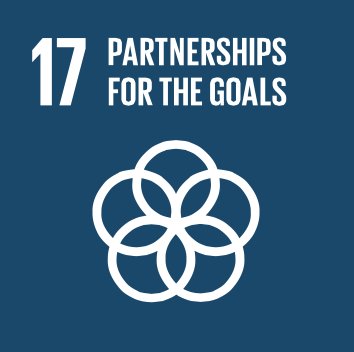
|
|
SDG GOAL 16 ... PEACE AND JUSTICE
Promote peaceful and inclusive societies for sustainable development, provide access to justice for all and build effective, accountable and inclusive institutions at all levels
|

|
Goal 16. PEACE AND JUSTICE ... Promote peaceful and inclusive societies for sustainable development, provide access to justice for all and build effective, accountable and inclusive institutions at all levels
|
|
|
Goals and targets
|
Indicators
|
|
|
16.1
|
Significantly reduce all forms of violence and related death rates everywhere
|
16.1.1 Number of victims of intentional homicide per 100,000 population, by sex and age
16.1.2 Conflict-related deaths per 100,000 population, by sex, age and cause
16.1.3 Proportion of population subjected to physical, psychological or sexual violence in the previous 12 months
16.1.4 Proportion of population that feel safe walking alone around the area they live
|
|
|
16.2
|
End abuse, exploitation, trafficking and all forms of violence against and torture of children
|
16.2.1 Proportion of children aged 1-17 years who experienced any physical punishment and/or psychological aggression by caregivers in the past month
16.2.2 Number of victims of human trafficking per 100,000 population, by sex, age and form of exploitation
16.2.3 Proportion of young women and men aged 18-29 years who experienced sexual violence by age 18
|
|
|
16.3
|
Promote the rule of law at the national and international levels and ensure equal access to justice for all
|
16.3.1 Proportion of victims of violence in the previous 12 months who reported their victimization to competent authorities or other officially recognized conflict resolution mechanisms
16.3.2 Unsentenced detainees as a proportion of overall prison population
|
|
|
16.4
|
By 2030, significantly reduce illicit financial and arms flows, strengthen the recovery and return of stolen assets and combat all forms of organized crime
|
16.4.1 Total value of inward and outward illicit financial flows (in current United States dollars)
16.4.2 Proportion of seized small arms and light weapons that are recorded and traced, in accordance with international standards and legal instruments
|
|
|
16.5
|
Substantially reduce corruption and bribery in all their forms
|
16.5.1 Proportion of persons who had at least one contact with a public official and who paid a bribe to a public official, or were asked for a bribe by those public officials, during the previous 12 months
16.5.2 Proportion of businesses that had at least one contact with a public official and that paid a bribe to a public official, or were asked for a bribe by those public officials during the previous 12 months
|
|
|
16.6
|
Develop effective, accountable and transparent institutions at all levels
|
16.6.1 Primary government expenditures as a proportion of original approved budget, by sector (or by budget codes or similar)
16.6.2 Proportion of the population satisfied with their last experience of public services
|
|
|
16.7
|
Ensure responsive, inclusive, participatory and representative decision-making at all levels
|
16.7.1 Proportions of positions (by sex, age, persons with disabilities and population groups) in public institutions (national and local legislatures, public service, and judiciary) compared to national distributions
16.7.2 Proportion of population who believe decisionmaking is inclusive and responsive, by sex, age, disability and population group
|
|
|
16.8
|
Broaden and strengthen the participation of developing countries in the institutions of global governance
|
16.8.1 Proportion of members and voting rights of developing countries in international organizations
|
|
|
16.9
|
By 2030, provide legal identity for all, including birth registration
|
16.9.1 Proportion of children under 5 years of age whose births have been registered with a civil authority, by age
|
|
|
16.10
|
Ensure public access to information and protect fundamental freedoms, in accordance with national legislation and international agreements
|
16.10.1 Number of verified cases of killing, kidnapping, enforced disappearance, arbitrary detention and torture of journalists, associated media personnel, trade unionists and human rights advocates in the previous 12 months
16.10.2 Number of countries that adopt and implement constitutional, statutory and/or policy guarantees for public access to information
|
|
|
16.a
|
Strengthen relevant national institutions, including through international cooperation, for building capacity at all levels, in particular in developing countries, to prevent violence and combat terrorism and crime
|
16.a.1 Existence of independent national human rights institutions in compliance with the Paris Principles
|
|
|
16.b
|
Promote and enforce non-discriminatory laws and policies for sustainable development
|
16.b.1 Proportion of population reporting having personally felt discriminated against or harassed in the previous 12 months on the basis of a ground of discrimination prohibited under international human rights law
|
|
INDICATORS / WORKING NOTES
Goal 16 ... Proposed Indicators 93 to 101
Potential and Illustrative Core Indicators
|
|
Indicator 93:
|
Violent injuries and deaths per 100,000 population
Rationale and definition: This statistic measures injuries and fatalities resulting directly from violence,
including assaults (beatings, abuse, burnings) and armed violence but not accidents or self-inflicted injuries,
expressed in terms of a unit per 100,000 population. We include injuries, as there are many forms
of violence that do not result in death.
Disaggregation: This data is a reflection of the level of violence in a given country and should be
disaggregated by sex (to distinguish violence against women), by age (to identify violence against children),
by ethnicity (to track possible genocides), and by geography (to identify sub-national pockets of violence and
to track urban crime). In addition, the intentional homicide rate should be reported separately from the
deaths due to armed conflict.
Comments and limitations: Death rates can have just as much to do with access and quality of health care as
it does with the level of violence. Tracking injuries helps overcome this limitation. The United Nations Office
on Drugs and Crime (UNODC) gathers annual statistical data on intentional homicide183 and WHO collects
data on injuries. However, few countries actually report and the reliability of the national data may vary,
especially for those countries afflicted with conflict.
Preliminary assessment of current data availability by Friends of the Chair: A
Potential lead agency or agencies: Data should be collected for all countries by UNODC, WHO and/or the UN
Office for the Coordination of Humanitarian Affairs (UNOCHA). In addition, according to UNICEF, most
countries have injury surveillance systems that can be strengthened and expanded. A real push for better
data must be made. This effort can be supported and complemented by other non-profit and academic
programs, such as the Uppsala Conflict Data Program (UCDP), which records data on organized violence.184
|
|
|
Indicator 94:
|
Refugees and internal displacement caused by conflict and violence
Rationale and definition: This indicator tracks the number of people displaced as a result of conflict or
violence, excluding migrants from natural disaster or other causes. The indicator covers people displaced
across national borders as well as internally displaced persons (IDPs). It measures the refugee population by
country or territory of origin, plus the number of a country’s internally displaced people as a percentage of
the country’s total population. Exile and displacement due to conflict or violence undermine peacebuilding
processes and the possibility of sustainable development. They also increase the risk of regional instability
when refugees are hosted in neighboring countries, resulting in part from tensions with local populations.
Disaggregation: By sex, age, religion, and national and ethnic origin, where possible.
Comments and limitations: It is difficult to get accurate figures as populations are constantly fluctuating and
there is no uniform international definition of an IDP.
Preliminary assessment of current data availability by Friends of the Chair: B
183 See UNODC database: http://www.unodc.org/unodc/en/data-and-analysis/statistics/index.html 184 See UCDP database: http://www.pcr.uu.se/research/ucdp/database
Revised working draft (July 25, 2014)
98
Potential lead agency or agencies: Data is available from International Displacement Monitoring Centre,185
the UN High Commissioner for Refugees, and OCHA.
|
|
|
Indicator 95:
|
Assets and liabilities of BIS reporting banks in international tax havens (as per OECD definition), by country
Rationale and definition: This indicator shows the geographical the extent of banks' assets and liabilities that
are located in international tax havens. The Bank for International Settlements (BIS) reports this
data quarterly, using principles that are consistent with balance of payments. The data are reported at the
level of the banks’ headquarter country rather than individual bank level.186 BIS has persuaded a growing
number of countries, including tax havens, to report data.
Disaggregation: By tax haven and type of financial assets.
Comments and limitations: This global data over time shows how the position of tax havens as financial
centers has changed, though this information is not in itself an estimate of illegal behavior, it does illustrate
the size of financial activity in tax havens.
Preliminary assessment of current data availability by Friends of the Chair: To be determined.
Potential lead agency or agencies: The list of relevant tax havens is reported by the OECD as the
“Jurisdictions Committed to Improving Transparency and Establishing Effective Exchange of Information in
Tax Matters”, which is monitored and updated by the OECD Global Forum on Transparency and Exchange of
Information for Tax Purposes.187
|
|
|
Indicator 96:
|
Publication of all payments made to governments under resource contracts
Rationale and definition: Large-scale investments in natural resource projects, such as mines or land
concessions, are often governed by complex fiscal rules that make it difficult for stakeholders to track the
large associated rents and tax payments. This lack of transparency around taxes and rents paid to the
government weakens public accountability and increases opportunities for corruption or poor management
of resource revenues. Transparency of payments made to host governments strengthens the opportunities
for public oversight of resource investments and the transfer and use of the revenue flows. This indicator
measures the publication of payments to host countries under resource contracts. These include taxes,
royalties, dividends, bonuses, license fees, payments for infrastructure improvements, payments in kind, or
any other significant payment and material benefit.188
This indicator would track the publication by host governments of revenue receipts from oil, gas, mining,
land, agriculture and forestry projects, as well as the existence and implementation of home governments’
requirements for domiciled companies to publish payments under the same categories of contracts. For host
countries, data will include all published revenues, disaggregated by sector, company, and type of revenue.
Under the index, host countries would be ranked as follows:
• 100: The government publishes all resource revenues disaggregated by company and category,
• 67: The government publishes all resource revenues by category, but not by company,
• 33: The government publishes some, but not all of the resource revenues,
• 0: The government does not publish resource revenues.
185 See IDMC statistics
http://www.internaldisplacement.org/8025708F004CE90B/(httpPages)/22FB1D4E2B196DAA802570BB005E787C?OpenDocument
186 See BIS website: http://www.bis.org/statistics/about_banking_stats.htm 187 See OECD website: http://www.oecd.org/tax/transparency/ 188 Collier, P and Antonio, P. et al., (2013).
Revised working draft (July 25, 2014)
99
For home countries, the index will reveal whether all domiciled companies are required to systematically
disclose payments to foreign governments for natural resource investments. It will be indicated whether
requirement applies to all domiciled companies or companies listed on major stock exchanges; for which
sector(s) the requirement applies; whether reporting is required on a country-by-country basis or project-byproject
basis; whether payment types must be disaggregated; and whether there is a threshold level of
payment that must be reported. For home countries, the index would be reported as follows:
• 100: The government requires all domiciled companies to disclose payments of natural resource
investments by category on a project-by-project basis,
• 67: The government requires publicly listed companies to disclose payments for natural resource
investments by category on a project-by project basis,
• 33: The government requires companies to disclose payments on a country, but not project-byproject
basis,
• 0: The government does not require disclosure of payments by domiciled companies.
Disaggregation: This indicator can be disaggregated by industries and commodities.
Comments and limitations: To be reviewed.
Preliminary assessment of current data availability by Friends of the Chair: C
Potential lead agency or agencies: UN Global Compact, EITI, and/or UNCTAD.
|
|
|
Indicator 97:
|
Compliance with recommendations from the Universal Periodic Review and UN Treaties
Rationale and definition: This new indicator assesses the extent to which states engage with the UN human
rights mechanisms. The Universal Period Review (UPR) is a peer review conducted by the member states of
the UN Human Rights Council. The UPR working group scrutinizes what states have done to improve human
rights and fulfill their human rights obligations.189 Each UN member state is subject to review every 4.5
years. The UN Human Rights Treaty Bodies are quasi-legal expert bodies created by human rights treaties.
When a state ratifies a treaty, it is obliged to periodically provide reports to the relevant treaty body.190
Both the UPR and the UN Human Rights Treaty Bodies issue recommendations, which can require states to
make administrative, legislative, or judicial changes to enable the full realization of human rights. This
indicator proposes to quantify these recommendations – they are easily accessible and can be collected and
aggregated. The indicator would then measure the extent to which states have engaged and adopted the
recommendations from both review processes.
Disaggregation: By treaty.
Comments and limitations: To be reviewed.
Preliminary assessment of current data availability by Friends of the Chair: A
Potential lead agency or agencies: UN OHCHR.
189 See OHCHR website on the UPR: http://www.ohchr.org/EN/HRBodies/UPR/Pages/UPRMain.aspx 190 See OHCHR website on the Treaty Bodies: http://www.ohchr.org/EN/HRBodies/Pages/TreatyBodies.aspx
Revised working draft (July 25, 2014)
100
|
|
|
Indicator 98:
|
Percentage of children under age 5 whose birth is registered with a civil authority
Rationale and definition: In many developing countries, the births of a substantial share of children are
unregistered. Registering births is important for ensuring the fulfillment of human rights. Free birth
registration is the key starting point for the recognition and protection of every person’s right to identity and
existence. Failure to register births either due to insufficient administrative systems, discrimination, or
isolation is a key cause of social exclusion. By ensuring registration of all births, countries will increase their
population’s opportunities to access services and opportunities and their ability to track health statistics
(infant mortality rates, vaccination coverage, etc.).
Disaggregation: Data should be disaggregated by sex, ethnicity, religion, disability, indigenous status,
geographic location (etc.) to identify and end discrimination within the population (see Annex 3 for the full
list of stratification variables).
Comments and limitations: To be reviewed.
Preliminary assessment of current data availability by Friends of the Chair: A
Potential lead agency or agencies: This indicator is measured through national official registration figures,
which are complemented by household surveys. UNICEF collects global data through the MICS
questionnaire, which asks mothers (or primary caregivers) of children under five whether they have a birth
certificate or are otherwise registered with civil authorities and their knowledge of how to register a child.191
|
|
|
Indicator 99:
|
[Indicator on freedom of expression, peaceful assembly, association] — to be developed
Rationale and definition: The ability to express oneself freely, to assemble peacefully, and to associate are
enshrined in the Universal Declaration of Human Rights and form an important part of achieving peaceful
and inclusive societies. Possible indicators for freedom of expression include measures of press freedom,
such as censorship, perceptions of press independence, and intimidation, harassment or imprisonment of
journalists.192 Indicators on freedom of peaceful assembly and association include measures of whether
these freedoms are guaranteed in law and respected in practice.193
Disaggregation: To be determined.
Comments and limitations: To be determined.
Preliminary assessment of current data availability by Friends of the Chair: To be determined.
Potential lead agency or agencies: To be determined.
|
|
|
Indicator 100:
|
Perception of public sector corruption
Rationale and definition: Public sector corruption is a barrier to development and diverts resources away
from poverty-eradication efforts and sustainable development. Corruption is difficult to measure since
objective data tends to be highly incomplete and difficult to compare. Transparency International is a global
civil society organization that works to fight corruption and has developed the Corruption Perceptions Index
(CPI).194 The CPI ranks countries based on how corrupt their public sector (administrative and political) is
191 UNICEF, (2013), Every Child’s Birth Right: Inequities and trends in birth registration, New York, NY: UNICEF, 6. 192 See UNESCO website on Fostering Freedom of Expression
https://en.unesco.org/themes/fostering-freedom-expression 193 See OSCE website on Freedoms of assembly and association: http://www.osce.org/odihr/43618 194 See TI’s Corruption Perceptions Index website: http://www.transparency.org/research/cpi/overview
Revised working draft (July 25, 2014)
101
perceived to be. It is a composite perception-based index drawing on corruption-related data collected by a
variety of reputable institutions. The CPI reflects the views of observers from around the world, including
experts living and working in the countries and territories evaluated. Transparency International publishes
annual reports covering 177 countries with some 20 years of historic data.
Disaggregation: Opportunities for disaggregation to be reviewed.
Comments and limitations: To be reviewed.
Preliminary assessment of current data availability by Friends of the Chair: C
Potential lead agency or agencies: Transparency International.
Indicator 101: Percent of UN Emergency Appeals delivered
Rationale and definition: UN Emergency Appeals are requests for emergency humanitarian funds to support
a rapid humanitarian response to conflict or disasters during the first three to six months of a crisis situation.
The UN issues appeals for these funds to member states and other donors. This proposed indicator shows
how far such appeals are funded for vulnerable states. It serves as a direct measure of international support
for crisis situations in vulnerable states.
Disaggregation: Opportunities for disaggregation to be reviewed.
Comments and limitations: The main limitation is that this is an input measure that cannot evaluate the
effectiveness or impact of the aid.
Preliminary assessment of current data availability by Friends of the Chair: To be determined.
Potential lead agency or agencies: Data is readily available from UNHCR and OCHA.
|
|
|
|
Additional indicators that countries may consider:
The New Deal for Engagement in Fragile States process and the g7+ are working to identify relevant and
context-specific indicators to measure progress in peacebuilding and statebuilding. In addition to those they
will suggest, countries can consider the following:
• Children out of school because of conflict, insecurity, or disaster. This indicator measures the
percentage of school-aged children out of school because of conflict, insecurity, or disaster and
could be measured by UNSECO.
• Frequency of payment of salaries within security forces: This indicator measures the frequency and
regularity with which members of a police force and military receive their full salaries. It reflects
government resources and capacity. Late and partial payment of salaries is a well-known factor of
violence and conflict.
• Percentage of women and men who report feeling safe walking alone at night in the city or area
where they live. It is important to understand citizens’ experiences of personal security to adapt
security and justice services. Gallup already conducts polling surveys on perceptions of safety in 135
countries.195
• [Indicator on security sector reform]— to be developed: Post-conflict security sector reform is
essential to build lasting peace. An indicator should be developed to measure the extent to which
security institutions are effective and accountable.
195 See Crabtree, S., (2013), Venezuelans, South Africans Least Likely to Feel Safe. See
http://www.gallup.com/poll/162341/venezuelans-south-africans-least-likely-feel-safe.aspx
Revised working draft (July 25, 2014)
102
• [Compliance with OECD or other applicable Anti-Bribery Convention]- Indicator to be developed.
• [Indicator on total illicit financial flows] - indicator to be developed: this indicator will track illicit
financial flows in and out of countries.
• [Indicator on international cooperation in preventing violence and combating terrorism and crime]
– to be developed: this indicator will track international cooperation for building capacities at all
levels, in particular in developing countries, for preventing violence and combating terrorism and
crime
|
|
|
|
|

